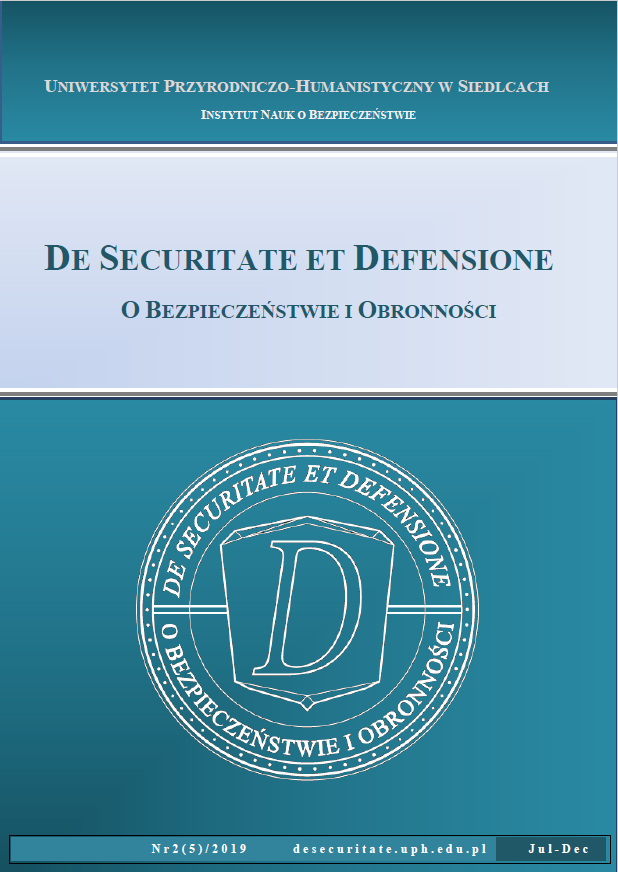Safety of the Unmanned Aircraft Systems in a Harsh Interference Environment
DOI:
https://doi.org/10.34739/dsd.2019.02.12Keywords:
safety, unmanned aircraft system - UAS, interferenceAbstract
This study considers signal interference as a form of non-kinetic warfare against unmanned aircraft systems (UAS). The practical purpose of this paper is to organize the theoretical knowledge and terminology concerning interference, while its cognitive purpose is to demonstrate that this recently recognized problem is a real threat to the safe use of unmanned aircraft systems. The research methods employed in this work – analysis, synthesis, abstracting and generalization – serve to determine the types of interference (i.e. primarily jamming and spoofing) and their characteristics in relation to unmanned aircraft. The paper organizes the theoretical knowledge by explaining the signal interference techniques and indicating the targets of attacks or objects of interest. Therefore, available non-kinetic energy UAS neutralization systems are analyzed with respect to their capabilities, tactical characteristics and technical specifications. Given the anticipated further development of unmanned aircraft systems technologies, signal interference carries serious implications for the safety of autonomous operation of these systems. The second important conclusion highlighted in this analysis is the absence of a legislative framework that would regulate the use of interference facilities. This gap in legal regulations implicitly permits their engagement against such crucial infrastructure as e.g. satellite devices for navigation systems – standard and critical equipment in the aviation.
Downloads




